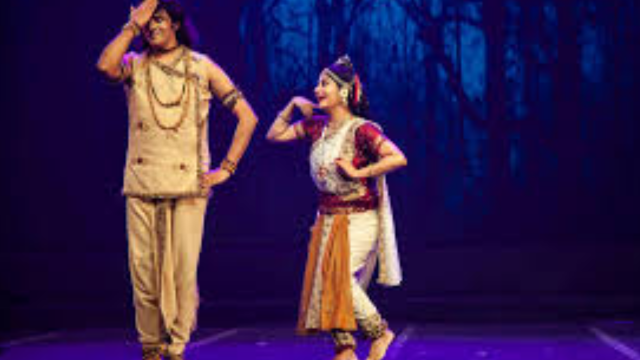20 Aug 2025 : The life and philosophy of Sri Ramanuja, the revered 11th-century saint-philosopher and proponent of the Visishtadvaita (qualified non-dualism) school of Vedanta, have inspired a new dance production that blends devotion, philosophy, and artistry on stage. The production, staged in Chennai over the weekend, brought together leading classical dancers who sought to capture the spiritual depth and human values embodied in Ramanuja’s teachings.
The Saint and His Philosophy
Sri Ramanuja (1017–1137 CE) is remembered for his profound theological contributions, his advocacy for social equality, and his inclusive approach to spirituality. He emphasized that devotion (bhakti) and surrender to God were open to all, regardless of caste or background. His philosophy of Visishtadvaita Vedanta presented a vision of the soul as distinct yet inseparably connected to the divine.
These timeless messages form the backbone of the dance production, which interprets Ramanuja’s journey from a devout scholar to a spiritual reformer who reshaped Hindu religious practice.
The Dance Production
The production, titled “Ramanuja: The Eternal Guide”, was choreographed in the Bharatanatyam tradition, interwoven with elements of Kuchipudi and Odissi. Through intricate gestures, expressions, and rhythmic patterns, the dancers depicted key moments from Ramanuja’s life—his initiation into Vedic learning, his debates with contemporaries, his compassion for the marginalized, and his role in popularizing temple worship accessible to all.
Original music compositions, blending Carnatic ragas with Sanskrit hymns authored by Ramanuja’s disciples, created an evocative atmosphere. The visual backdrop projected temple architecture from Srirangam and Melukote, places closely associated with the saint, adding to the immersive storytelling.
Artistic and Cultural Impact
The production was well-received by audiences, many of whom described it as both aesthetically beautiful and spiritually uplifting. Critics noted that the blend of philosophy and dance created a unique narrative, allowing even those unfamiliar with Ramanuja’s teachings to connect with the essence of his message.
“The production is not just a performance—it’s an offering,” said the lead choreographer. “Through dance, we want to remind people that Ramanuja’s ideas of equality, devotion, and compassion are as relevant today as they were a thousand years ago.”
Relevance Today
Ramanuja’s message of inclusivity continues to resonate in contemporary times, particularly in discussions on social justice and spiritual democracy. By bringing his life to the stage, the production hopes to inspire younger generations to learn about his contributions beyond textbooks.
Conclusion
The dance production on Sri Ramanuja demonstrates how classical art can bridge the past and present, translating philosophy into performance. It stands as a testament to the enduring legacy of a saint whose vision of spirituality embraced both the divine and the dignity of all human beings.
Summary:
A new classical dance production in Chennai celebrates the life and philosophy of Sri Ramanuja, depicting his spiritual teachings of inclusivity, devotion, and compassion through Bharatanatyam and other Indian dance forms.


